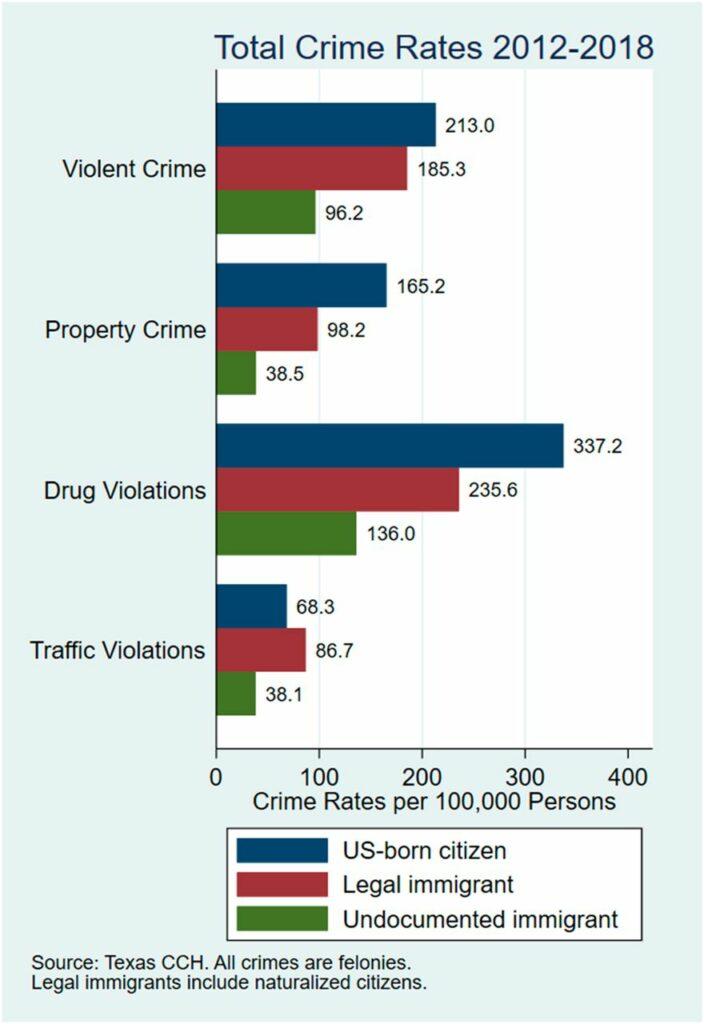Debunking Myths: Immigration and Crime in the United States
Understanding the Surge of False Crime Narratives About Immigrants
Over the past year, misleading stories falsely associating immigrants with increased crime rates have proliferated across news outlets and social media channels. These narratives, often propelled by political rhetoric and viral posts, have stirred controversy and shaped public attitudes. Yet, a thorough review of credible research reveals that these claims lack factual support. This article investigates the origins of these misconceptions, their influence on immigration debates, and the broader consequences for society and policymaking.
How Misinformation Targets Immigrant Populations
The spread of inaccurate information about immigrants has escalated sharply, driven by social media algorithms that favor sensationalism and political groups seeking to exploit fears for electoral gain. Contrary to popular belief, numerous studies indicate that immigrants generally have lower or comparable crime rates relative to native-born citizens. These falsehoods deepen societal divisions and erode trust within communities.
Primary contributors to this misinformation include:
- Algorithmic amplification: Platforms prioritize emotionally charged content, accelerating the spread of falsehoods.
- Political exploitation: Certain factions use immigrants as scapegoats to rally support.
- Limited media literacy: Populations with restricted access to verified news are more susceptible to deceptive narratives.
| Common Misconception | Evidence-Based Reality | Reference |
|---|---|---|
| Immigrants drive violent crime rates up | Research shows immigrants have lower incarceration rates than native-born individuals | Urban Institute, 2023 |
| Immigrants burden public services | Immigrants contribute substantially through taxes and workforce participation | Migration Policy Institute, 2023 |
| All undocumented immigrants engage in criminal activity | Many seek asylum and comply with legal procedures | Department of Homeland Security, 2023 |
Examining Discrepancies in Crime and Immigration Data
Conflicting statistics about crime rates among immigrant groups often arise from selective data use and inconsistent definitions. Some analyses conflate undocumented immigrants with the entire immigrant population, ignoring critical demographic and socioeconomic variables that influence crime trends. Additionally, crime reporting varies by region and crime type, which can distort interpretations. For example, urban areas may report different crime patterns compared to rural locales, complicating direct comparisons.
Factors contributing to data inconsistencies include:
- Inconsistent immigrant classifications: Variations in who is counted as an immigrant affect data accuracy.
- Divergent crime reporting standards: Differences in categorizing offenses, especially regarding undocumented individuals and hate crimes.
- Temporal mismatches: Delays between immigration influxes and crime statistics can skew short-term analyses.
| Data Source | Year | Crime Rate (per 1,000 residents) | Immigrant Population Share |
|---|---|---|---|
| FBI Uniform Crime Reports | 2023 | 11.9 | 15% |
| Department of Justice | 2022 | 12.1 | 16% |
| Independent Research Study | 2024 | 10.5 | 17% |
Media Influence and Political Messaging: Shaping Public Views on Immigration and Crime
News organizations and political leaders significantly influence public perceptions by framing immigration-related crime stories in ways that often emphasize fear and sensationalism. Selective reporting and emotionally charged language overshadow comprehensive data, fostering misconceptions. This pattern is evident in the disproportionate focus on isolated criminal incidents involving immigrants, which distorts the overall reality.
Common rhetorical strategies include:
- Sensational headlines: Prioritizing dramatic cases over statistical evidence.
- Overgeneralization: Applying specific events to entire immigrant groups.
- Ignoring context: Overlooking systemic and socioeconomic factors affecting crime rates.
| Actor | Typical Narrative Approach | Effect on Public Opinion |
|---|---|---|
| Mainstream Media | Focusing on extreme incidents | Heightened public fear and anxiety |
| Political Leaders | Fear-driven messaging | Increased polarization and stigmatization |
| Social Media Platforms | Rapid dissemination of unverified claims | Widespread misinformation |
Effective Approaches to Counteract Falsehoods and Encourage Fact-Based Discussions
Combating the proliferation of inaccurate narratives requires a comprehensive strategy that integrates education, transparency, and active community involvement. Media organizations and digital platforms must prioritize rigorous fact-checking and elevate voices grounded in research. Public education campaigns that juxtapose myths with verified data can enhance understanding and critical thinking across diverse populations.
Moreover, fostering open dialogues among community members, law enforcement, and immigrant groups can humanize the conversation and dismantle harmful stereotypes. Below is a summary of key interventions and their intended outcomes:
| Intervention | Description | Objective |
|---|---|---|
| Rigorous Fact-Checking | Verification of claims using authoritative sources before dissemination. | Minimize the spread of false information. |
| Public Education Initiatives | Sharing data-driven insights through accessible formats. | Improve public knowledge and reduce misconceptions. |
| Community Engagement Forums | Organized discussions fostering mutual understanding among diverse groups. | Build trust and empathy within communities. |
| Partnerships with Influencers | Collaborating with trusted figures to amplify accurate information. | Expand reach and impact of truthful narratives. |
Final Thoughts
The recent increase in unfounded claims connecting immigrants to crime in the U.S. reflects a complex mix of political motives, misinformation, and societal anxieties. As highlighted by recent analyses from sources like Al Jazeera and the Migration Policy Institute, it is vital to critically assess these narratives and ground public discourse in verified facts. Ongoing efforts to counteract misinformation and promote evidence-based reporting are essential to fostering informed policies and a more inclusive society.







